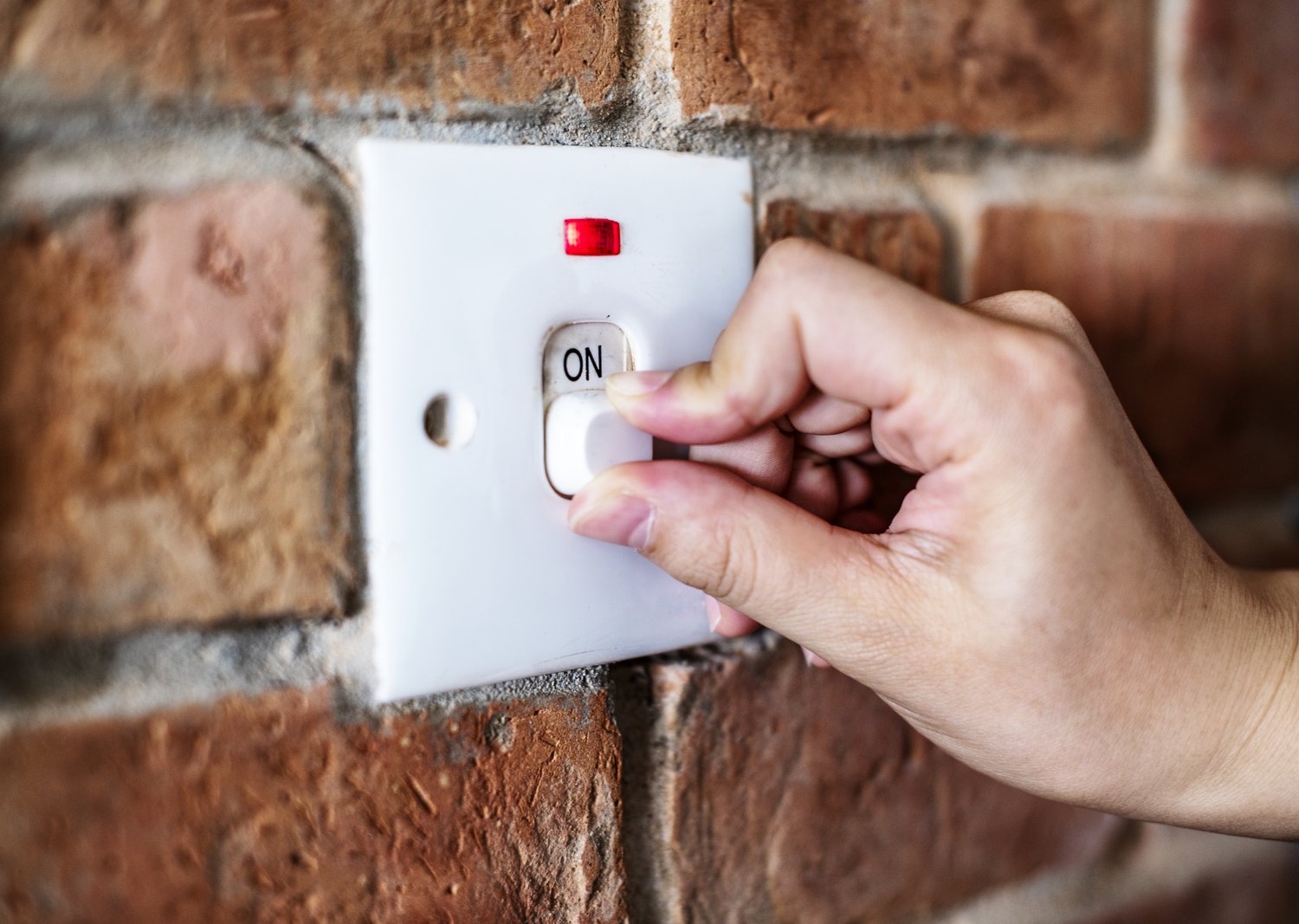Replacing a light switch may seem daunting, but mastering this simple yet essential skill can significantly enhance your home’s safety and functionality. Whether you’re looking to refresh a room’s design or address a faulty switch, understanding the steps involved and knowing the right precautions is crucial for success.
- Learn vital safety measures to prevent electrical hazards and ensure a smooth replacement process.
- Follow a clear, step-by-step guide tailored for beginners to confidently replace a light switch.
- Discover how to select the appropriate tools and materials to make your task easier and more efficient.
By diving into this step-by-step guide, not only will you gain the confidence to tackle a DIY project, but you will also enhance your home’s electrical safety. Continue reading to explore practical insights and tips that will empower you to take on this task with ease.
Understanding Electrical Safety: How to Replace a Light Switch Safely
Before embarking on the process of replacing a light switch, understanding electrical safety is paramount. Ensuring that your project is free of risks involves adhering to specific precautions.
Turn Off the Power: The first step in electrical safety is to cut off the power supply to the switch you intend to replace. Locate your circuit breaker panel and switch off the circuit associated with the light switch. It’s often beneficial to use a voltage tester to confirm the absence of electrical current before proceeding.
Use Insulated Tools: Handling electrical components with insulated tools is crucial to protect yourself from potential electric shocks. High-quality insulated screwdrivers and pliers designed for electrical work are essential in your toolbox.
Avoid Moisture: Ensure that your working area is dry. Even a slight exposure to moisture can lead to hazardous situations. It’s important to remember that water and electricity don’t mix well.
Identify and Label Wires: Before removing any wires, clearly label them. This practice will make the reinstallation process much easier, reducing the chance of errors that could lead to malfunctions or future safety issues.
Emphasizing these safety measures allows you to approach your light switch replacement project with confidence, ensuring both effectiveness and safety.
Step-by-Step Guide: Beginner’s Approach to Light Switch Replacement
Successfully replacing a light switch doesn’t require extensive experience, especially with guidance tailored for beginners. Here’s a simple step-by-step approach.
Gather Your Tools and Materials: Before you begin, assemble the necessary items including a screwdriver, voltage tester, wire stripper, and the replacement switch. Having these ready upfront ensures a smooth operation.
Remove the Switch Plate: Carefully unscrew the switch plate to access the switch box. Use your voltage tester again to ensure that there is no electricity flowing to the switch.
Disconnect the Old Switch: Unscrew the existing light switch from the wall. Label and take note of how the wires are connected before detaching them.
Connect the New Switch: Attach the wires to the new switch, ensuring that connections are secure. Refer to the labels and notes you made during the disconnection process.
Reattach and Secure: Fit the new switch into the wall box and fasten it with screws. Replace the switch plate and ensure everything is snug.
Restore Power and Test: Finally, switch the circuit breaker back on and test the new light switch to confirm successful installation. A correctly installed switch should function seamlessly, turning your light on and off as intended.
Following these organized steps makes replacing a light switch an engaging DIY task. It offers hands-on experience that builds confidence in handling electrical projects safely.
Choosing the Right Tools and Materials: How to Replace a Light Switch with Ease
Embarking on a light switch replacement project can be a straightforward task when you’re equipped with the correct tools and materials. Knowing what you need in advance not only eases the process but also ensures safety and efficiency.
Firstly, ensure that you have insulated screwdrivers at your disposal. These are vital for handling electrical components safely, as their insulation can help prevent electrical shocks.
Another indispensable tool is the voltage tester. Before beginning your work, use this to verify that there is no current flowing through the circuit, which is essential to maintain electrical safety.
Wire strippers are also necessary for tasks involving electrical wires. These allow you to strip insulation without damaging the conductors, facilitating a more secure connection.
When it comes to materials, choosing the right light switch is crucial. Consider whether you need a single-pole, three-way, or a dimmer switch, and ensure it is compatible with your home’s current system.
You will also need appropriately sized wire connectors. These ensure that the electrical wires remain firmly connected, reducing the risk of electrical faults.
Lastly, replace the switch cover if it’s damaged or doesn’t fit the new switch. A cover enhances the switch’s functionality and adds a clean finish to your update.
By carefully selecting each tool and material, you pave the way for a smooth and successful light switch replacement. Keep these essentials in mind, and you’ll be well on your way to upgrading your home’s functionality and safety.
FAQs on Replacing a Light Switch
What safety precautions should I take before replacing a light switch?
- Turn off the power at the circuit breaker.
- Use insulated tools.
- Verify the power is off using a voltage tester.
Do I need any special tools to replace a light switch?
- Basic tools like a screwdriver and a voltage tester are essential.
- Consider using a wire stripper if needed.
How can I identify the correct wires for installing a new switch?
- Typically, the black wire is the hot wire, and the white is neutral.
- Green or bare wire is for grounding.
Can I replace a light switch without turning off the power?
It’s unsafe. Always turn off the power to avoid electrical shocks or injury.
What are the common signs that a light switch needs replacement?
- Flickering lights.
- Sparks or unusual sounds.
- No response when toggling the switch.
How long does it typically take to replace a light switch?
About 30 minutes to an hour, depending on experience and complexity.





